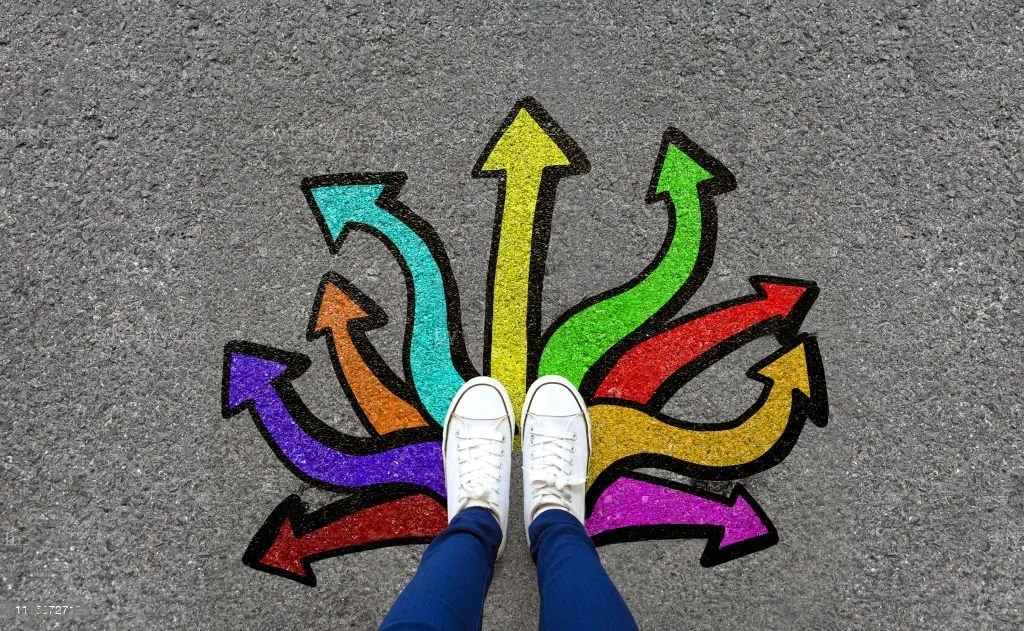Coloring concrete is a popular technique that can be used to enhance the appearance of your home’s exterior or interior. Whether you’re looking to add curb appeal to your driveway or patio or create a stunning decorative concrete floor inside your home, coloring concrete is a great way to achieve a unique and stylish look.
One of the key advantages of coloring concrete is that it allows you to customize the color of your concrete to match your style or the design scheme of your home. A wide range of color options are available, from earthy browns and greens to bold reds and blues, so you can choose the perfect shade to complement your home’s aesthetic.
To color concrete, you can use a variety of techniques and products. One popular method is adding a pigment to the concrete mix before pouring it, giving the concrete a consistent color throughout. Another option is to use a concrete stain. Which will penetrate the surface of the concrete and create a translucent color that enhances the natural variations and textures.
No matter which method you choose, it’s essential to work with an experienced concrete contractor who can ensure that the coloring process is done correctly and produces the desired results. With the proper techniques and products, you can create a beautiful and durable colored concrete surface that will enhance the value and beauty of your home for years to come.
So, if you want to add some color and personality to your home’s exterior or interior, consider coloring your concrete surfaces. With the right products and techniques. You can achieve a stunning and unique look that will set your home apart and create a warm and welcoming atmosphere for your family and guests.
How Many Concrete Blocks Per Pallet?
Are you planning a construction project, and how many concrete blocks do you need to order? One crucial factor when buying concrete blocks is the number of blocks per pallet. Knowing this information can help you estimate the pallets you need to complete your project.
Regarding concrete blocks, the number of blocks per pallet can vary depending on the size of the block and the manufacturer. Generally, most standard concrete blocks come in pallets of 80 or 90 blocks. However, larger or specialty blocks may come in smaller quantities per pallet.
If you’re located in Colorado, you may also want to consider purchasing colored concrete blocks for your project. Colored concrete can add a unique touch to your construction project and is durable and low maintenance. Many Colorado concrete suppliers offer various colored concrete options, so you’ll find the perfect match for your project.
When ordering concrete blocks, be sure to factor in the delivery and handling fees and any additional costs for colored blocks or specialty sizes—ordering extra blocks to account for any unexpected breakage or miscalculations.
Knowing how many concrete blocks per pallet can help you accurately estimate the pallets you need for your construction project. If you’re in Colorado, consider adding some color to your project with colored concrete blocks. Remember to factor in all costs when ordering your blocks and always order extra to avoid any delays or complications in your project.
How Does Concrete Contribute To Climate Change?
Concrete is widely used in construction due to its durability, affordability, and versatility. However, the production of concrete has significant environmental impacts, including contributing to climate change. This critical issue affects Colorado and the rest of the world as the demand for concrete continues to rise.
One primary way that concretely contributes to climate change is through cement production, a key ingredient in concrete. Cement production is responsible for approximately 8% of global carbon dioxide (CO2) emissions. Make it one of the largest industrial sources of greenhouse gas emissions. The production process involves high-temperature kilns that burn fossil fuels, releasing large amounts of CO2 into the atmosphere.
In addition to the emissions associated with cement production, the transportation of concrete also impacts the environment. Transporting concrete to construction sites requires significant energy, often from fossil fuels, leading to additional greenhouse gas emissions.
Another significant environmental impact of concrete is its high water usage. Concrete production requires large amounts of water, contributing to water scarcity in some areas. Moreover, mining aggregates used in concrete production can negatively impact local ecosystems, including the destruction of habitats and erosion.
Finally, using colored concrete, while aesthetically pleasing, can have other environmental impacts. The dyes used to color concrete often contain toxic chemicals that can leach into the environment and cause harm to plants and animals.
While concrete is a necessary component of many construction projects, its production, and use have significant environmental impacts, including contributing to climate change. Addressing these impacts will require combining innovative technologies, sustainable practices, and conscious consumer choices to reduce the demand for concrete and promote more environmentally friendly alternatives.
How Many Colorado Counties?
Colorado is a beautiful state located in the western part of the United States. It is known for its breathtaking scenery, abundant wildlife, and vibrant culture. The state is divided into several counties, each with unique charm and character. If you’re planning to visit Colorado or are just curious about the state’s geography, you might wonder, “How many Colorado counties are there?”
Well, the answer is simple: Colorado has 64 counties. Each county has its government responsible for providing essential services to its residents. Colorado’s most populous counties include Denver County, El Paso County, and Arapahoe County.
Now, let’s talk about something that might interest those in the construction industry – colored concrete. Colored concrete is a popular building material that is used in a variety of construction projects. It is made by adding pigments to the concrete mixture, giving it a unique and attractive appearance.
In Colorado, colored concrete is commonly used in residential and commercial construction projects. It is a popular choice for driveways, patios, and interior flooring. Using colored concrete can add a touch of personality and style to any construction project.
Another famous building material in Colorado is regular concrete. It is a versatile and durable material that is used in a wide range of construction projects, from bridges to skyscrapers. With its strength and durability, concrete is a reliable choice for any construction project.
Colorado has 64 counties, each with its unique charm and character. If you’re in the construction industry, you might be interested in using colored concrete for your next project. Whether you choose colored or regular concrete, you can’t go wrong with this reliable and versatile building material.





